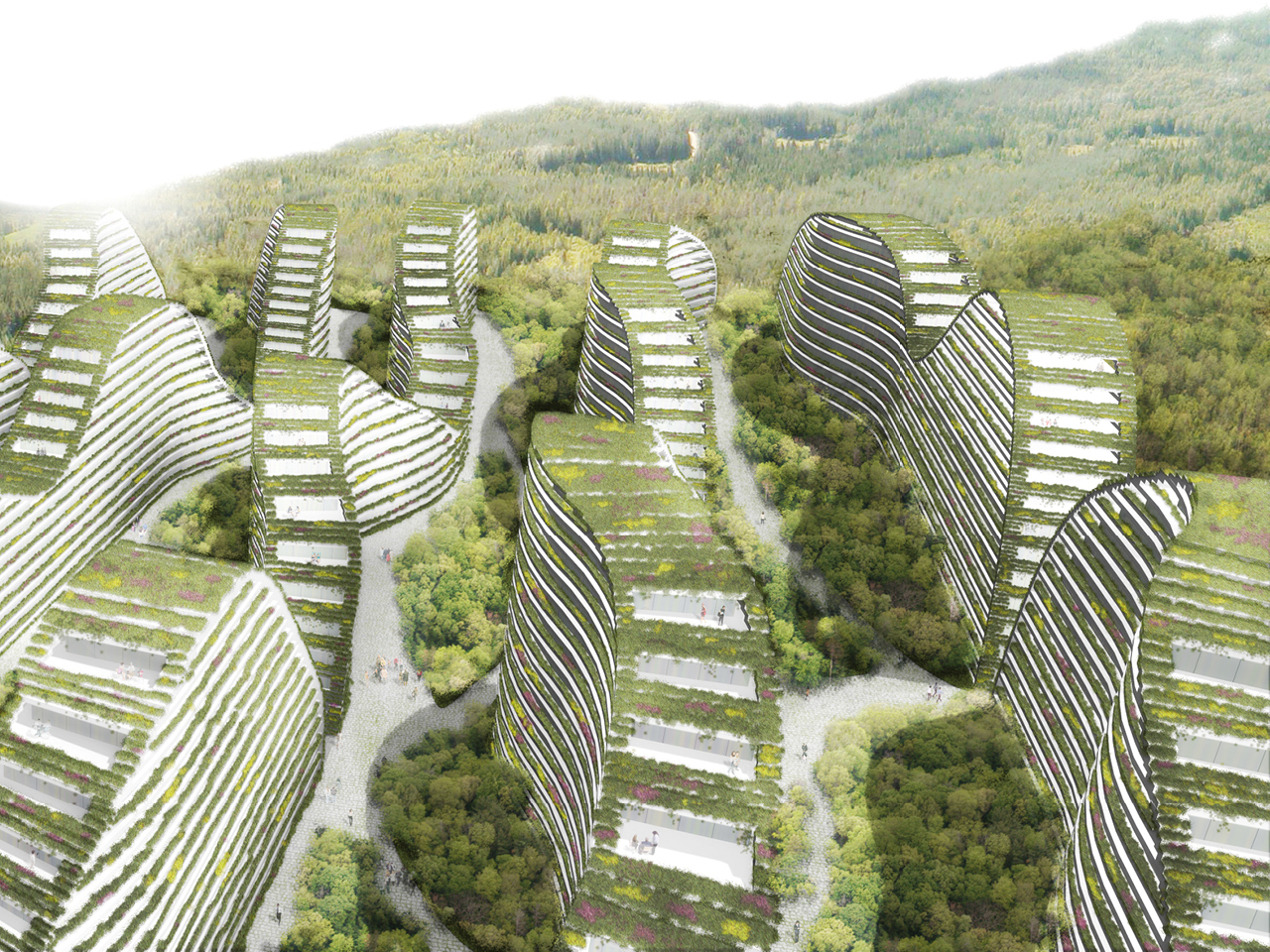
Gangnam Hills
With the recent development of Seoul, a flood of urbanization in the Gangnam area has occurred which is mainly concentrated in the valleys surrounding the historic centre. While this has created housing where needed, it has resulted in a certain claustrophobia due to less open landscapes, fewer views to the hills, and reduced fresh air and breezes. The MVRDV's project aims to create an urban typology that provides effective social housing while reconstructing the landscape.
- Location
- Gangnam, Seoul, South Korea
- Status
- Design
- Year
- 2010–2010
- Surface
- 28000 m²
- Client
- LH, Seoul, South Korea
- Programmes
- Residential
- Themes
- Architecture, Housing, Sustainability
The key challenge of this project was finding a way to work with the stringent restrictions that determine the current housing conditions in Seoul. How to improve the internal and external qualities of social housing within the limiting factors of budgets and regulations? How to create for limited costs social housing that is socially, architecturally and environmentally innovative? How to make them suitable for valuable ecological environments? And how to realize all these ambitions in a both respectful and exemplary way?
By optimizing current known and financeable typologies, a process of a simple cost-effective and even cost reductive start can be made with a sequential list of qualitative add-on’s. In order to create a design process that allows to span the gap between the qualitative future demands and the stringent current rules and costing. The housing normally can be organized around cores with halls that give access to 4-5 houses or by galleries, based on a slab-typology as an efficient layout for housing units. By connecting these typologies next to each other, side facades can be avoided thus liberating budgets for additional qualities.
By positioning these bands in an east west direction, following the contours of the landscape, the topography of the existing hillside is maintained and perfect day lighting is afforded to all the housing units. By expanding the green gaps between buildings in certain places, larger collective programs like sport places, or gathering spaces, can be created. And by making them smaller on other positions, connections can be safe guarded, while introducing surprising, more intimate spatial qualities in the public space in-between.
The existing vegetation will be partially maintained as a continuation of the surrounding green area and to give character to the neighbourhood. Paths are developed as natural paths in the landscape. One can take a ‘hike’ in the neighbourhood and its direct surroundings.
As a side effect the heights of the buildings will vary. At the bigger distances the southern building can become higher and at the smaller distances the southern buildings will become smaller. This approach can be seen as a three-dimensional interpretation of the standard regulations for volumes. It creates hill-shaped slabs, with sequences of peaks and valleys, which gives differentiation to the volumes, to the neighbourhood and the apartments.
By shifting the positions of these bigger and smaller spaces, the sun conditions are further optimized and the higher buildings suddenly get better and wider views! It leads to the fact that more houses have more sun and better views. This sequence of shifted undulating bands will create coulisse-like silhouettes on the site. It recreates the image of a Korean classical painting. The clean volumes give it unity and character. The facades are clad with local stones as an ‘echo’ of the mountains themselves. This treatment will turn the housing operation of Segok into an extension of ‘green’ hills within the Gangnam area.
Gallery
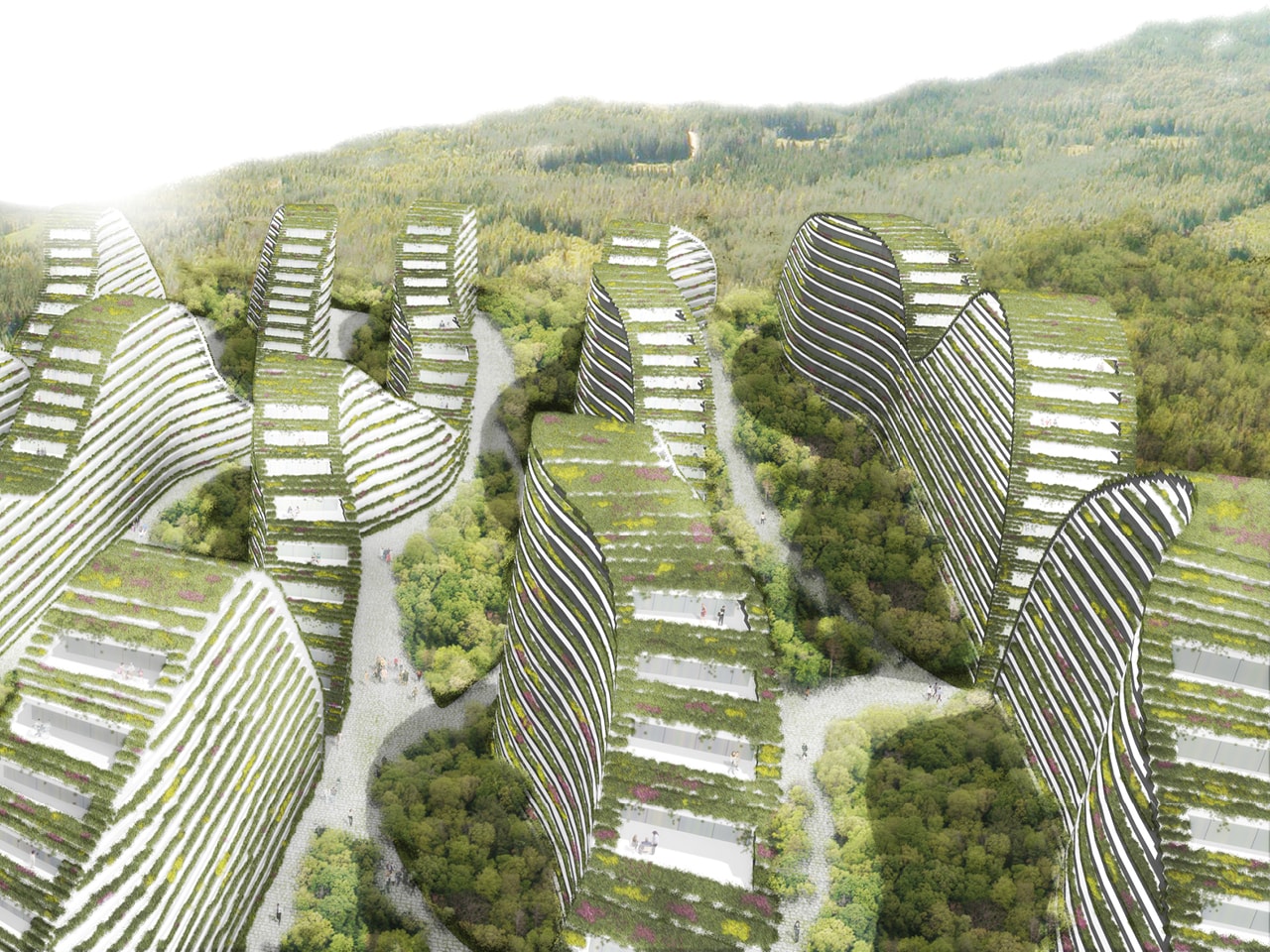
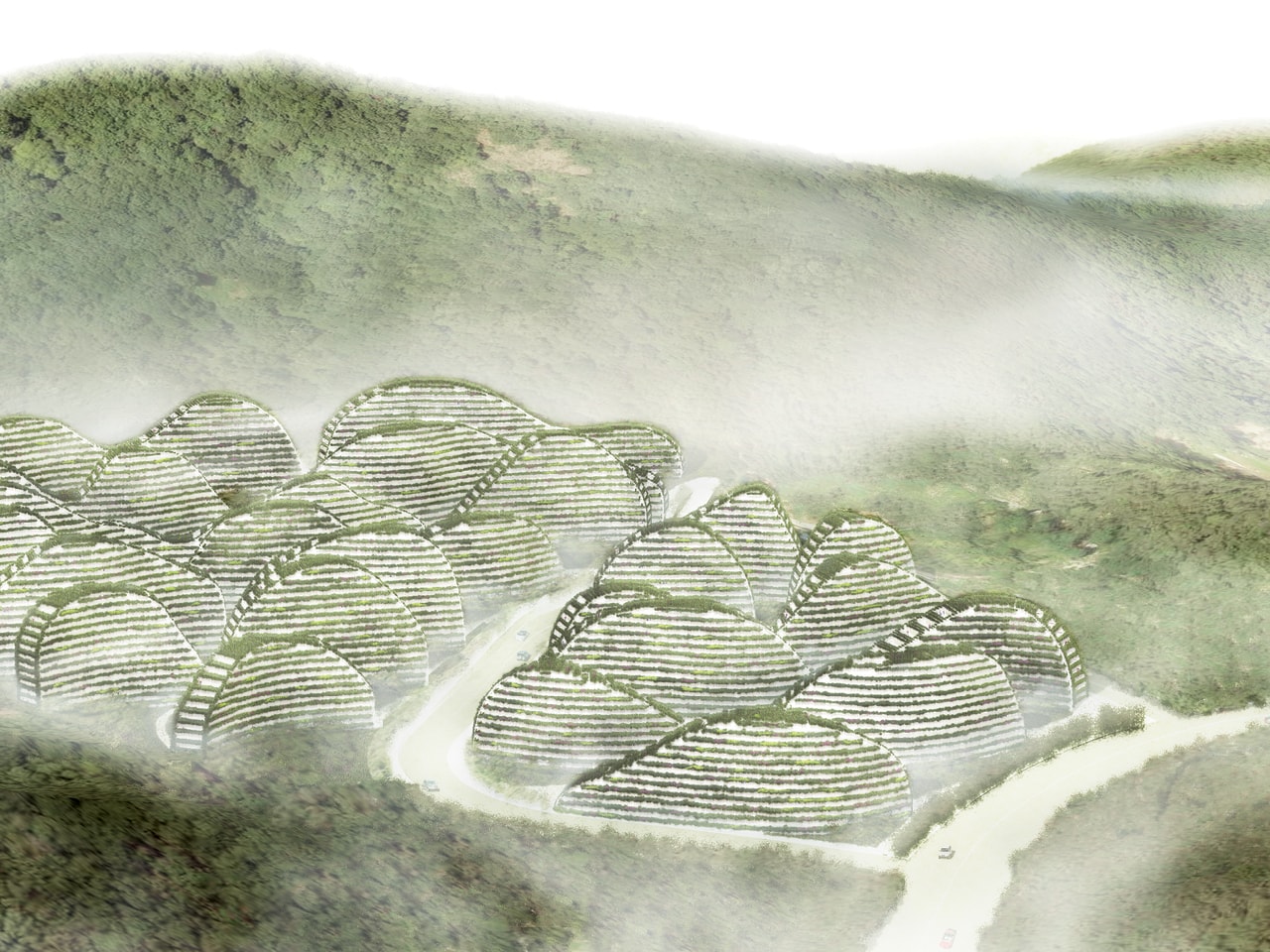
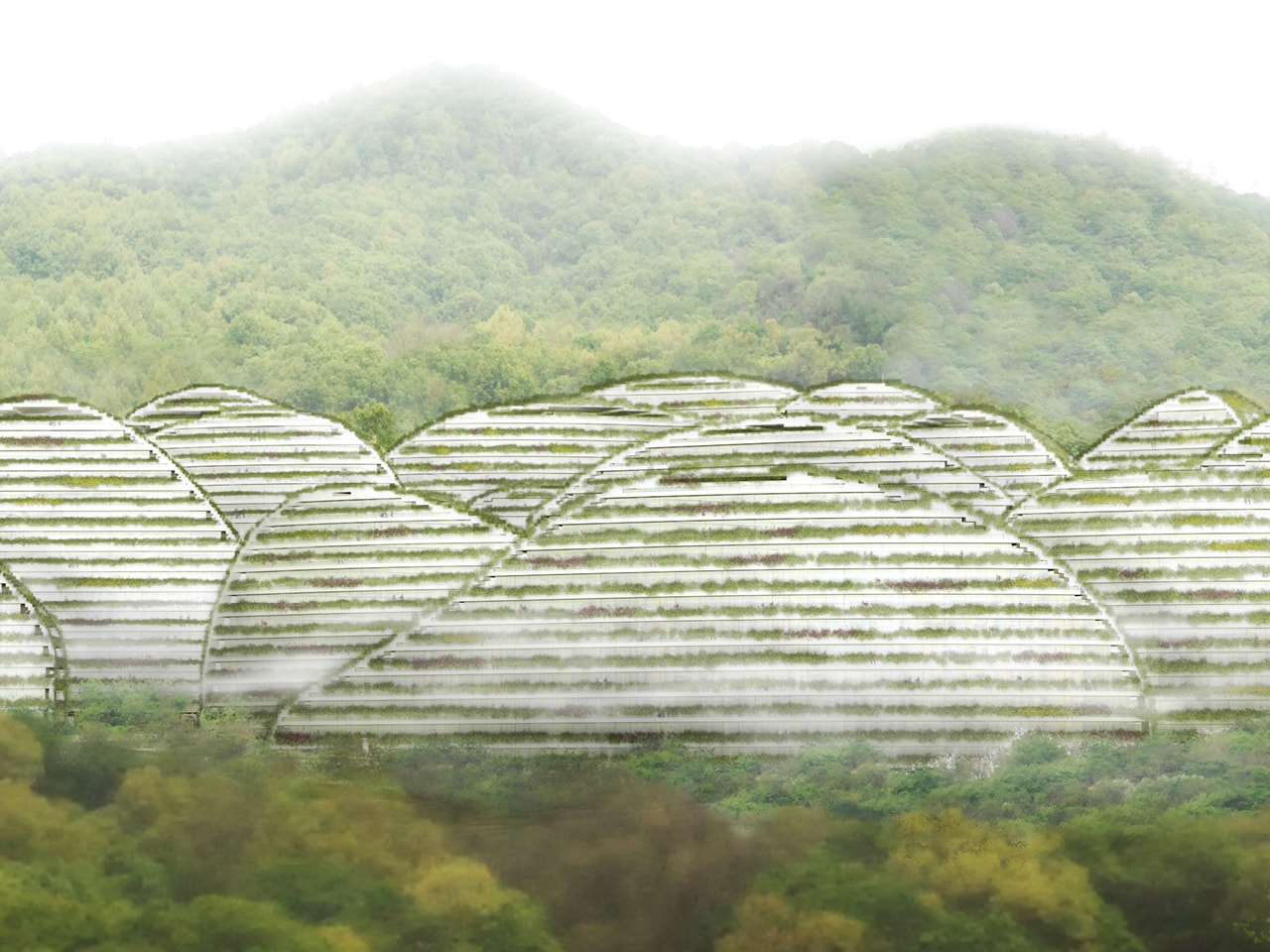
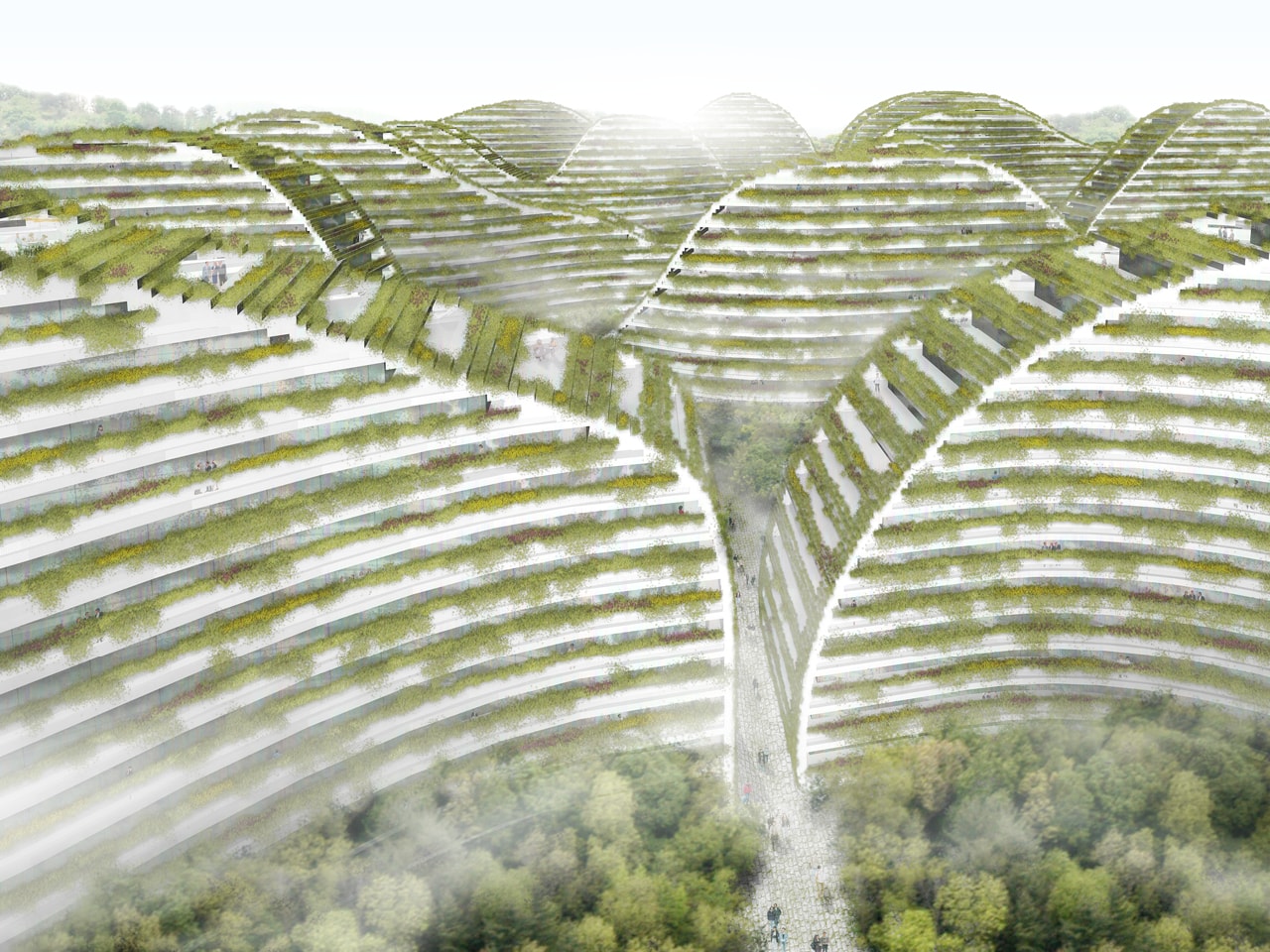
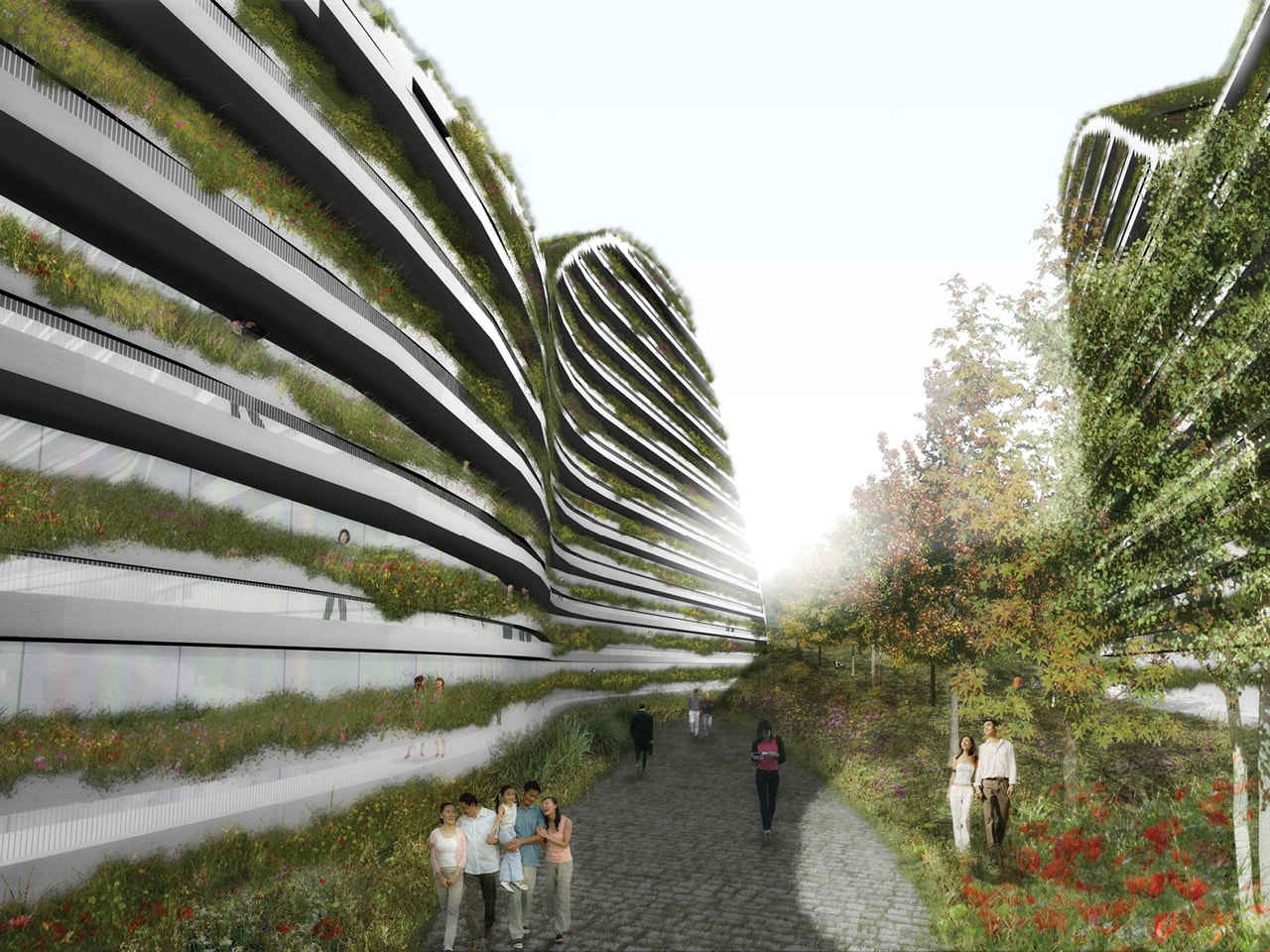
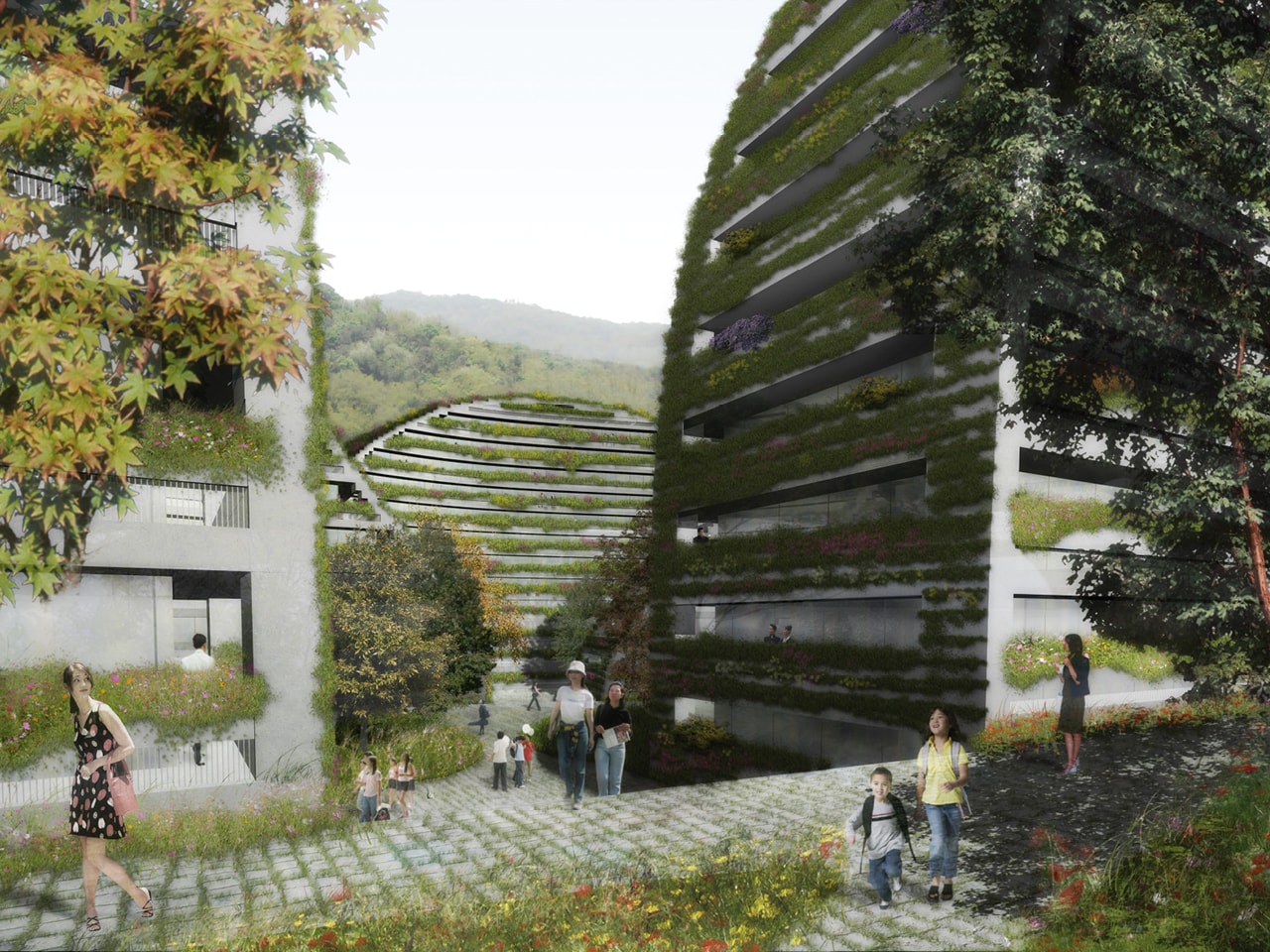
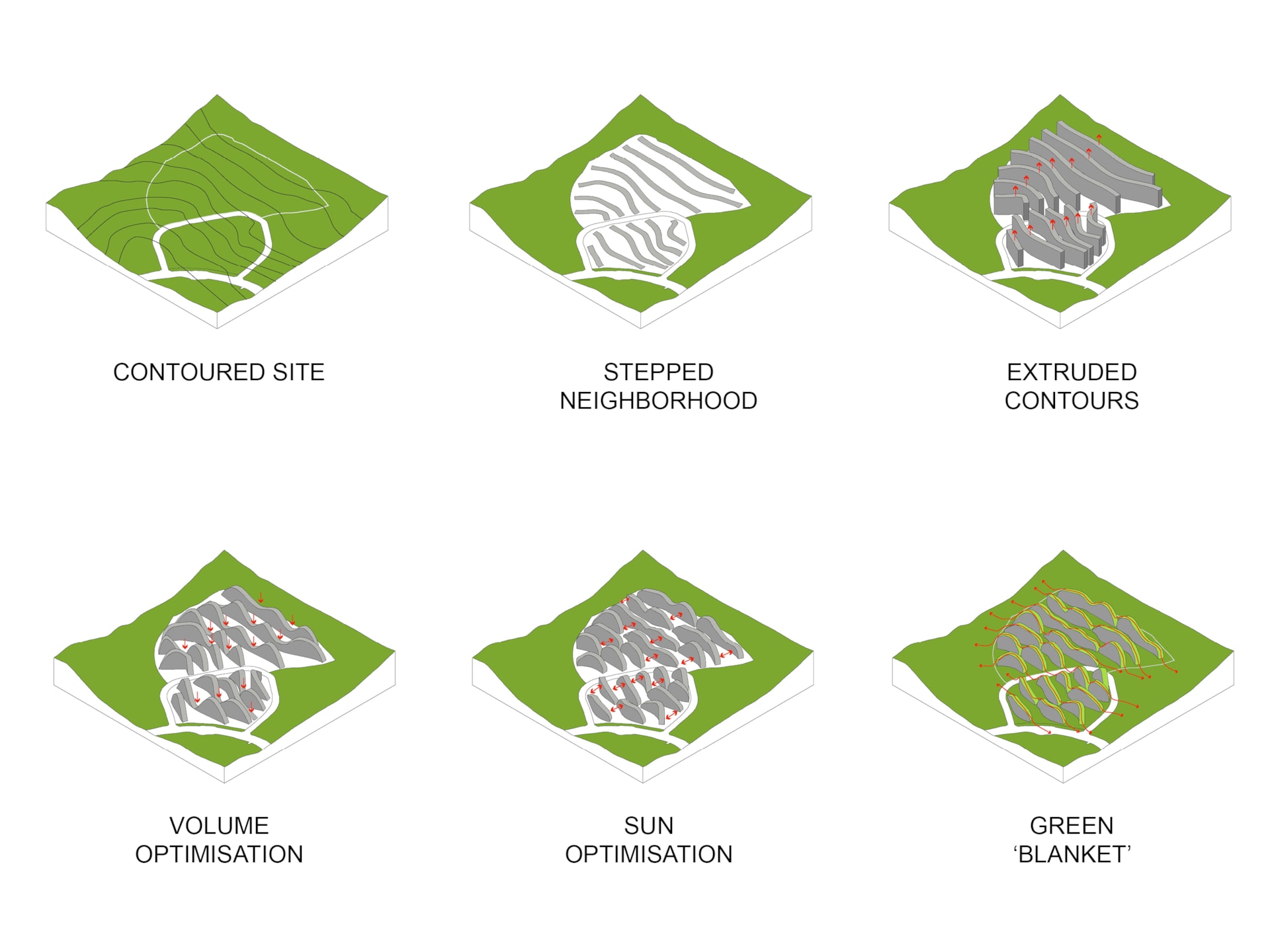
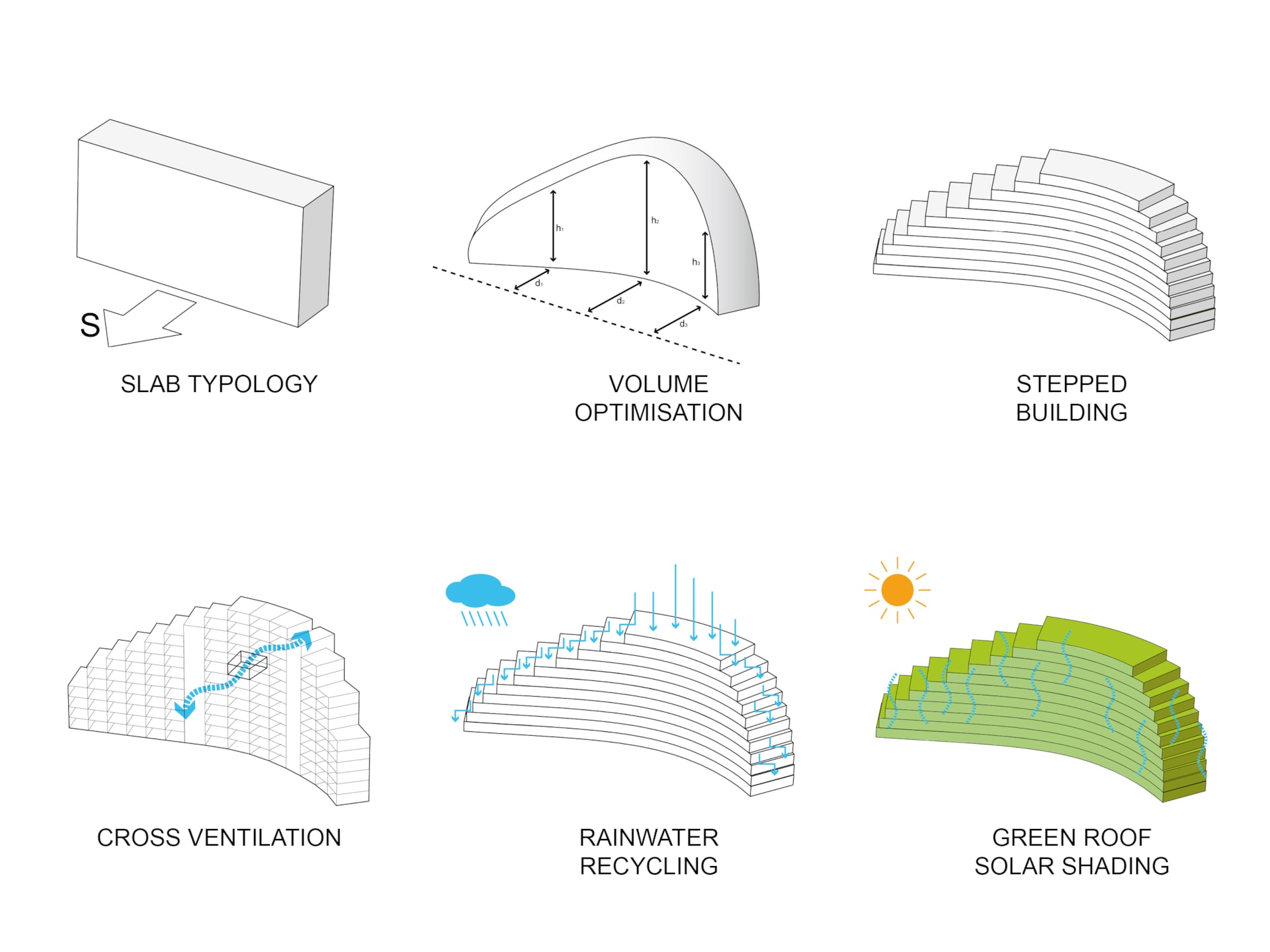
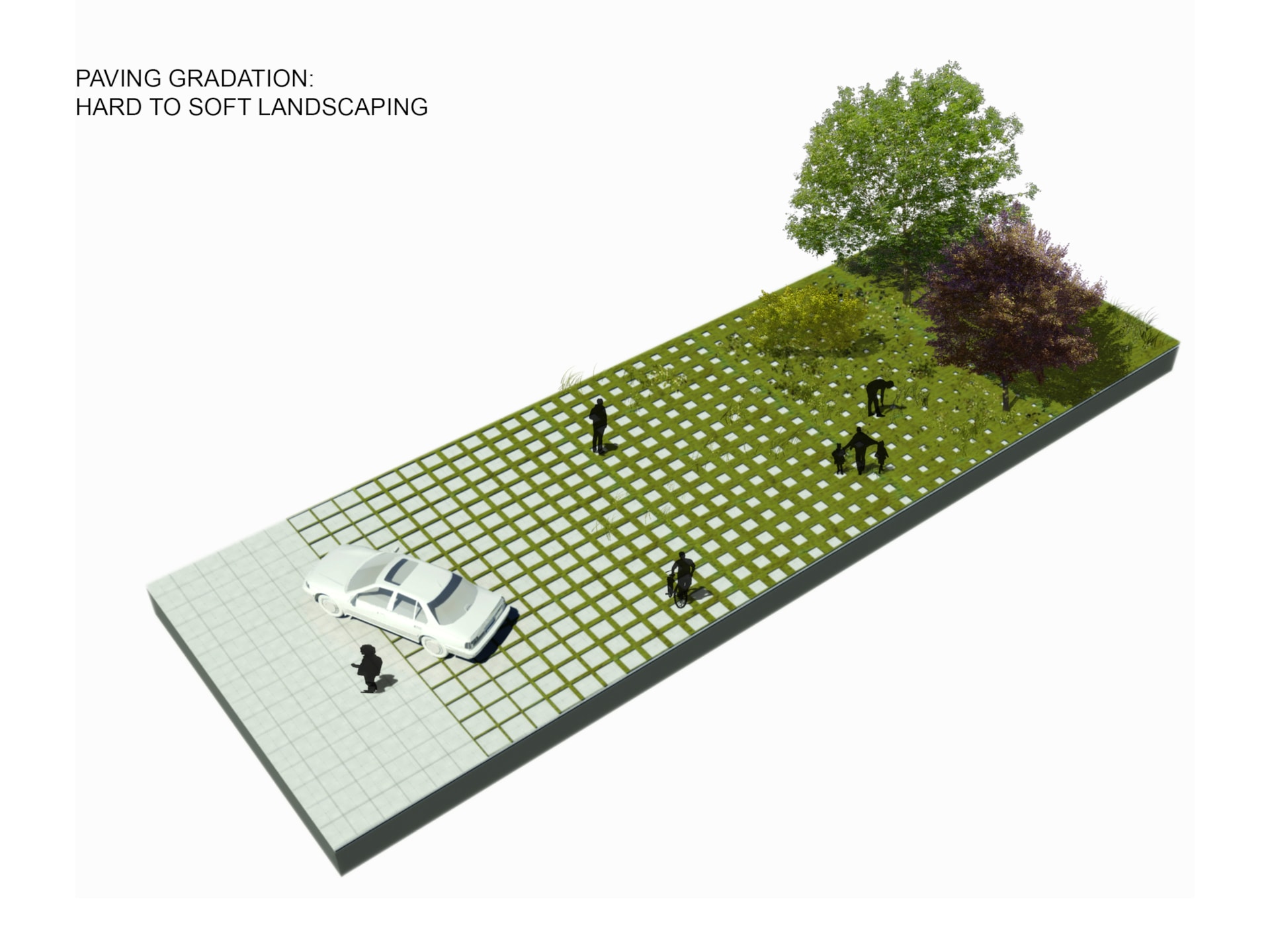
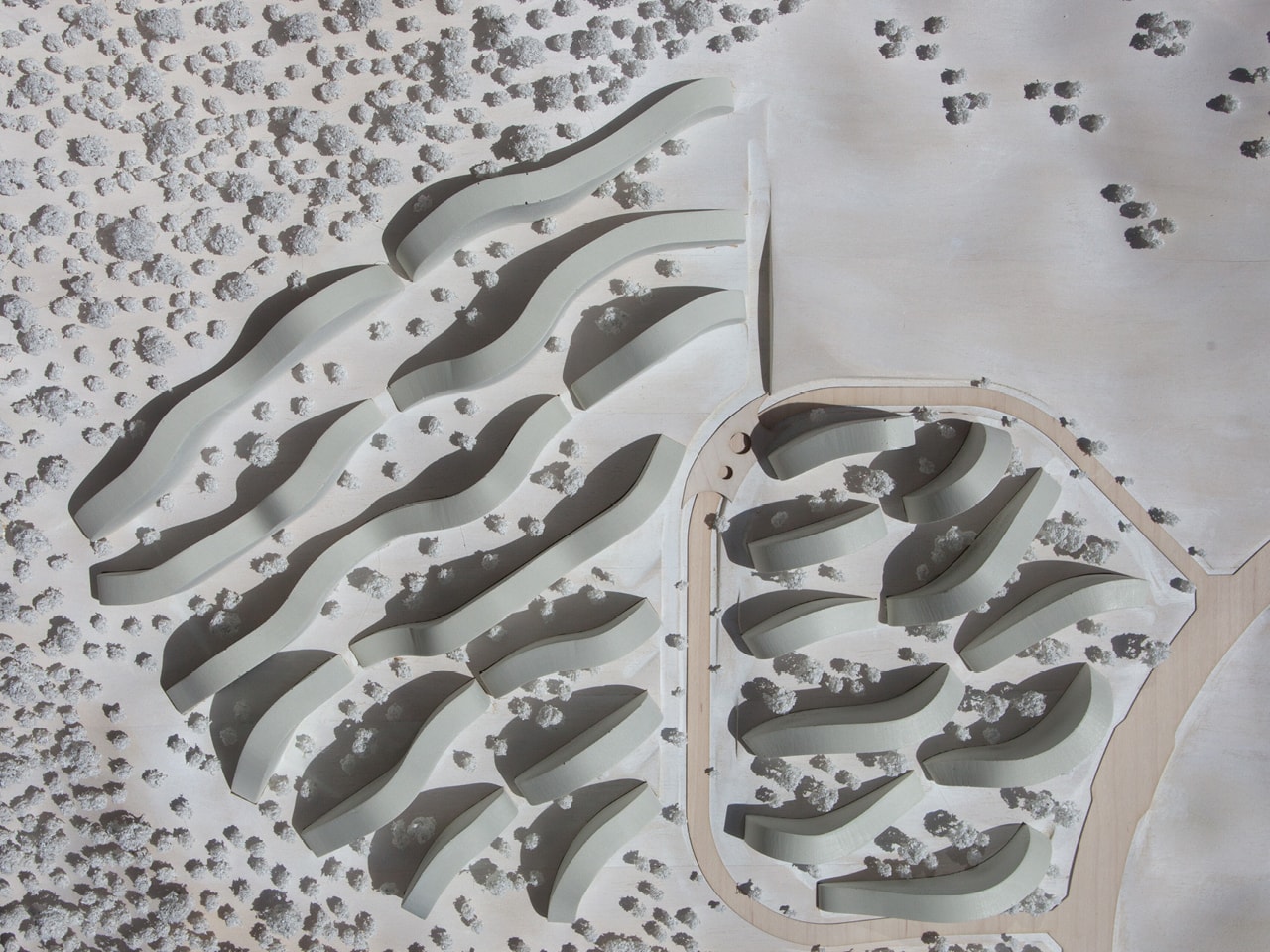
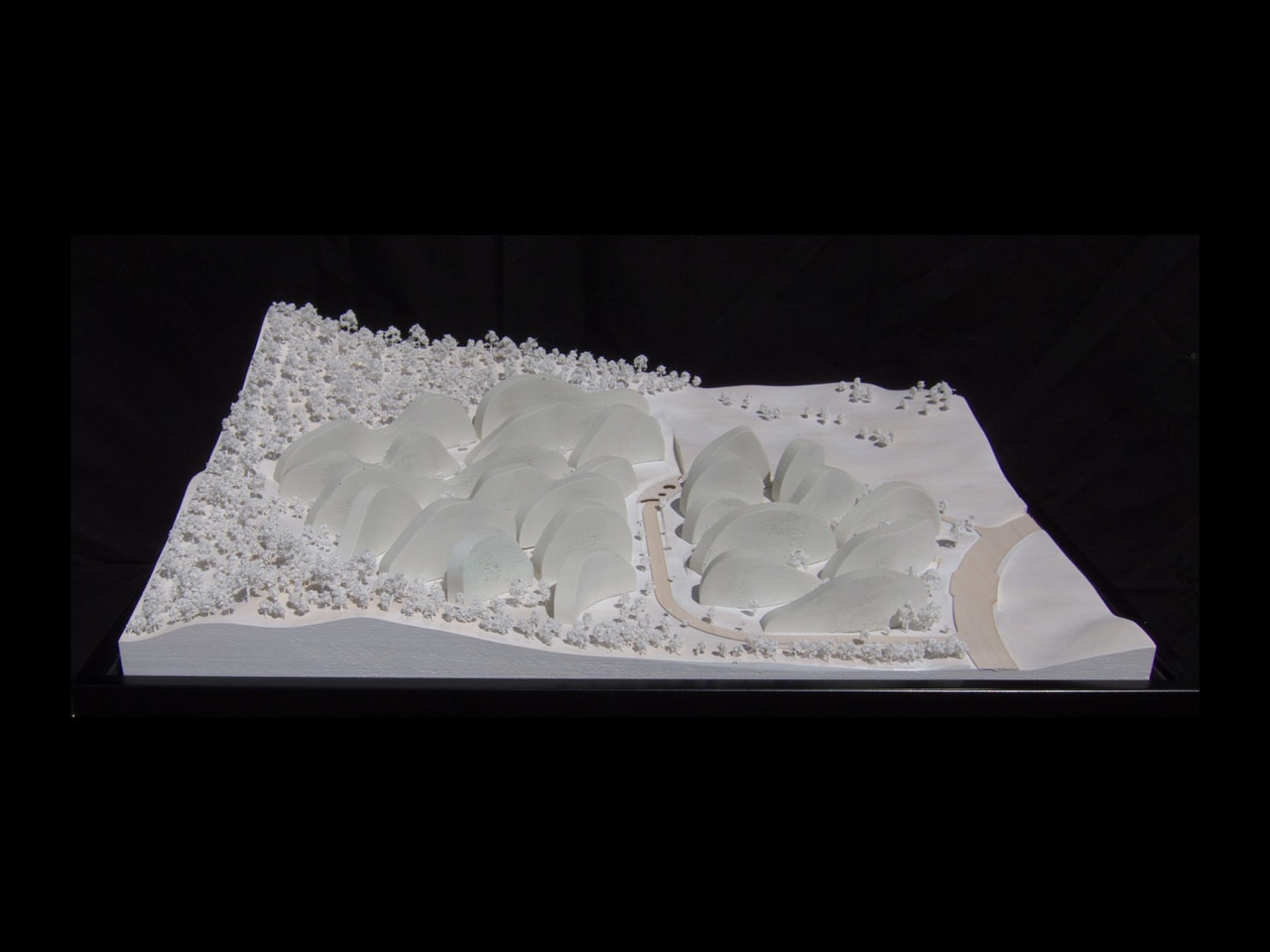
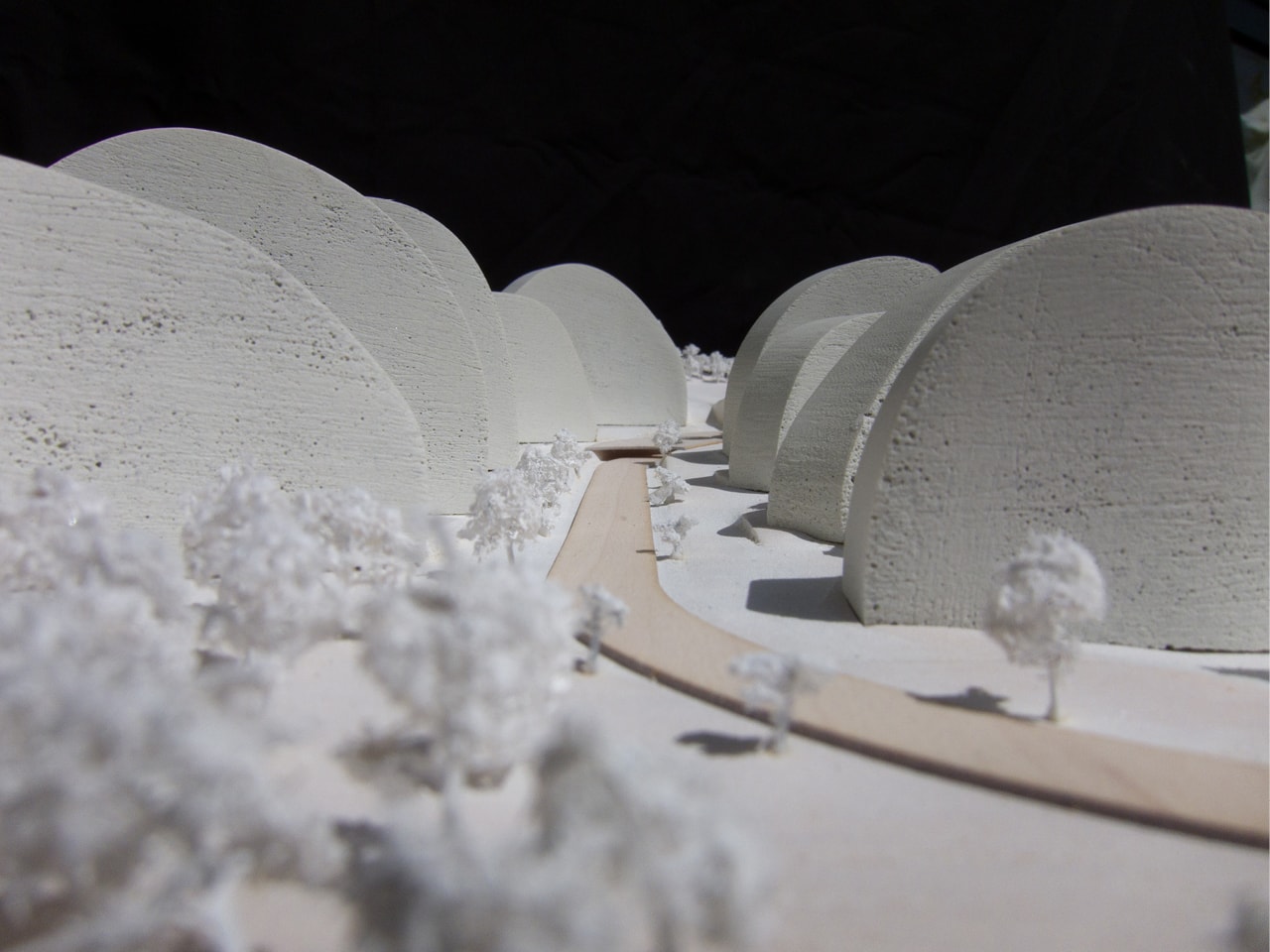

Credits
- Architect
- Principal in charge
- Design team
